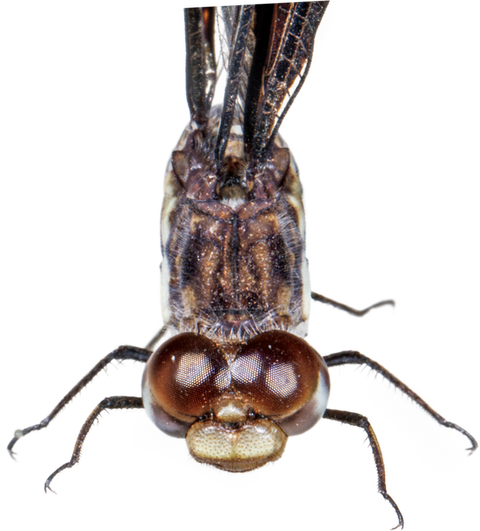
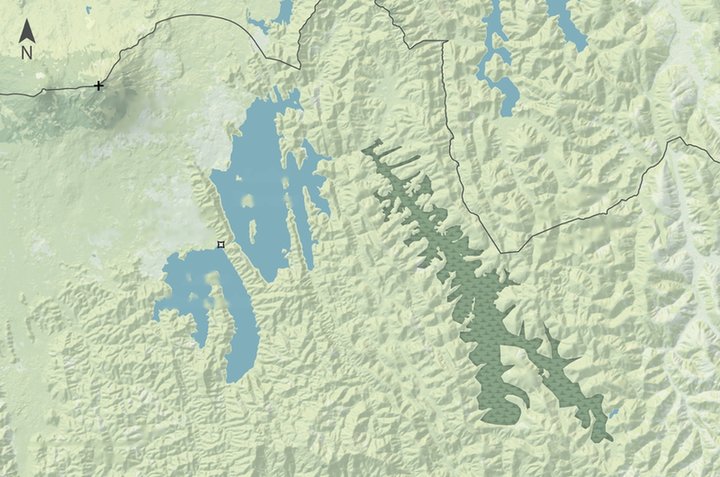
Muhabura
Volcano
Ntaruka
power station
Rugezi
Marsh
Uganda
Rwanda
Lake
Ruhondo
Lake
Burera
aclose‑upofthePortiawidow dragonfly
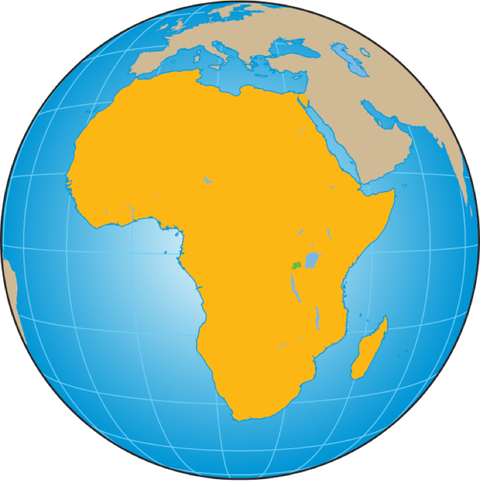
Africa
Atlantic
Ocean
Rwanda
IgrewupintheAfricancountryofRwanda.Ilivedinavillageclosetoawetland,richinriversandstreams.Themostoutstandingmemoryofmychildhoodisswimmingandplayingwithfriendsinthoserivers.Iremembertryingtocatchdragonfliesastheyflewalongthewater’ssurface.Wehadanicknameforthem:“FlyingFlowersoftheRiver.”Overtime,Ibegantoseefewerandfewerdragonflies,andIwonderedwhy.Thisiswheremyinteresttostudywetlands,streams,rivers,andlakescame from.
Rwandaisoftencalledthe“landofathousandhills.”IntheshadowoftheextinctMuhaburavolcanosittwolakes—LakeBureraand,nexttoit,LakeRuhondo.Nestledinthismountainvalley,youwillfindtheRugeziMarsh.Thiswetlandcoversawideareaandisdominatedbygrasses.Rugeziregulates,retains,andfiltersthewaterthatflowsintothelakes.ThisisoneofthesiteswhereIdoalotofmyworkin Rwanda.
ThemarshisimportantforGrauer’sswampwarbler,anendangeredbird.Morethan60 percentoftheswampwarbler’spopulationisfoundhere.Rugezialsohostsalargepopulationofbreedinggreycrownedcranes,whicharealsoendangered.Morethan40speciesofbirdsrelyonthemarsh,butpeopledo, too.
Themarshprovidesvillageswithfoodandwaterfordrinking,agriculture,andsanitation.Itisalsoasourceofpower.Water,whichseepsthroughthemarsh,feedsLakeBurera,whichinturnfeedsthehydroelectricNtarukapower station.
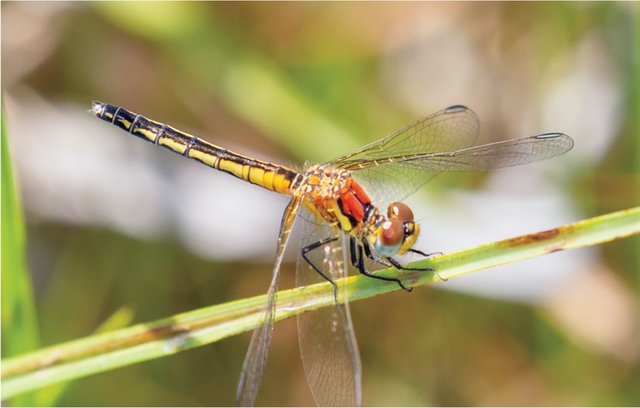
InRwanda,thedwarfpercherdragonflycanonlybefoundinRugezi Marsh.
FacingaCrisis
Yearsago,mycountrysufferedanenergycrisis.Itwastriggeredbyasteepdropinpowerproducedbythepowerstation.WaterlevelsinLakeBurerahaddroppedtorecordlows.Itwasnosecretwhy.WehadnottakencareoftheRugezimarshland.Therewastoomuchhumanactivityandnotenoughrainfalltoreplenishthis ecosystem.
RwandaisoneofthemostdenselypopulatedcountriesinallofAfrica.Morethan60percentofthepopulationdependsonagriculture,whichputsalotofpressureonits wetlands.
Inthelasttwodecades,we’vetriedtorestoretheRugezimarshlandbyhaltingcertaindrainageandagriculturalactivities.We’vetriedtolimithuntingandfishing,too.Someofoureffortsare working.
Andbelieveitornot,the“FlyingFlowers”ofmychildhoodmightbepartofthesolution!Icreatedamethodofusingdragonfliestomonitorthewaterqualityofthe marsh.
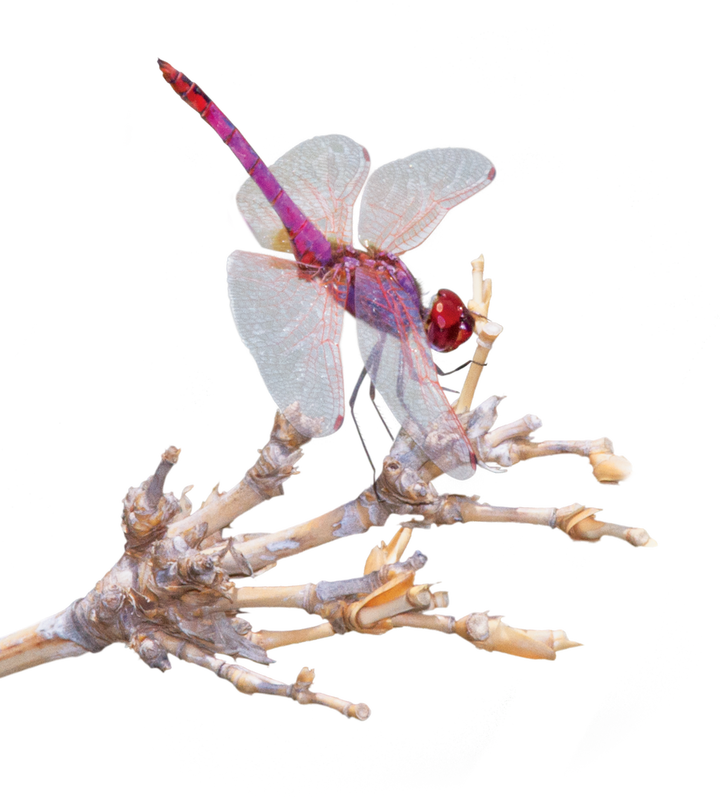
Avioletdropwingdragonflyrestsona branch.
SignsofHealth
Itturnsout,dragonfliesaregoodindicatorsofthehealthofawetland.How?Dragonfliesareverysensitivetotheirenvironment.Theyspendmostoftheirlifecycleinthewater.Forthemtothrive,thewatermustbeclean.Theyalsoneedhealthyplantsnearbytohelpthemhidefrom predators.
So,thepresenceofdragonfliesatRugeziisasignofgoodhealth.What’smore,creatingadragonfly-basedmonitoringsystemcanhelpustoidentifyareasthatneedtobeprotectedorprotectedareasthatneedtobe expanded.
It’salsosomethinglocalcommunitiescando.Wecantrainpeopletobecomecitizenscientiststosearchforandrecordthepresenceofdragonflies.Asthemarshcontinuestorecoverovertime,Iamconfidentthatwewillseemoreandmore"flyingflowers"ofthe river!